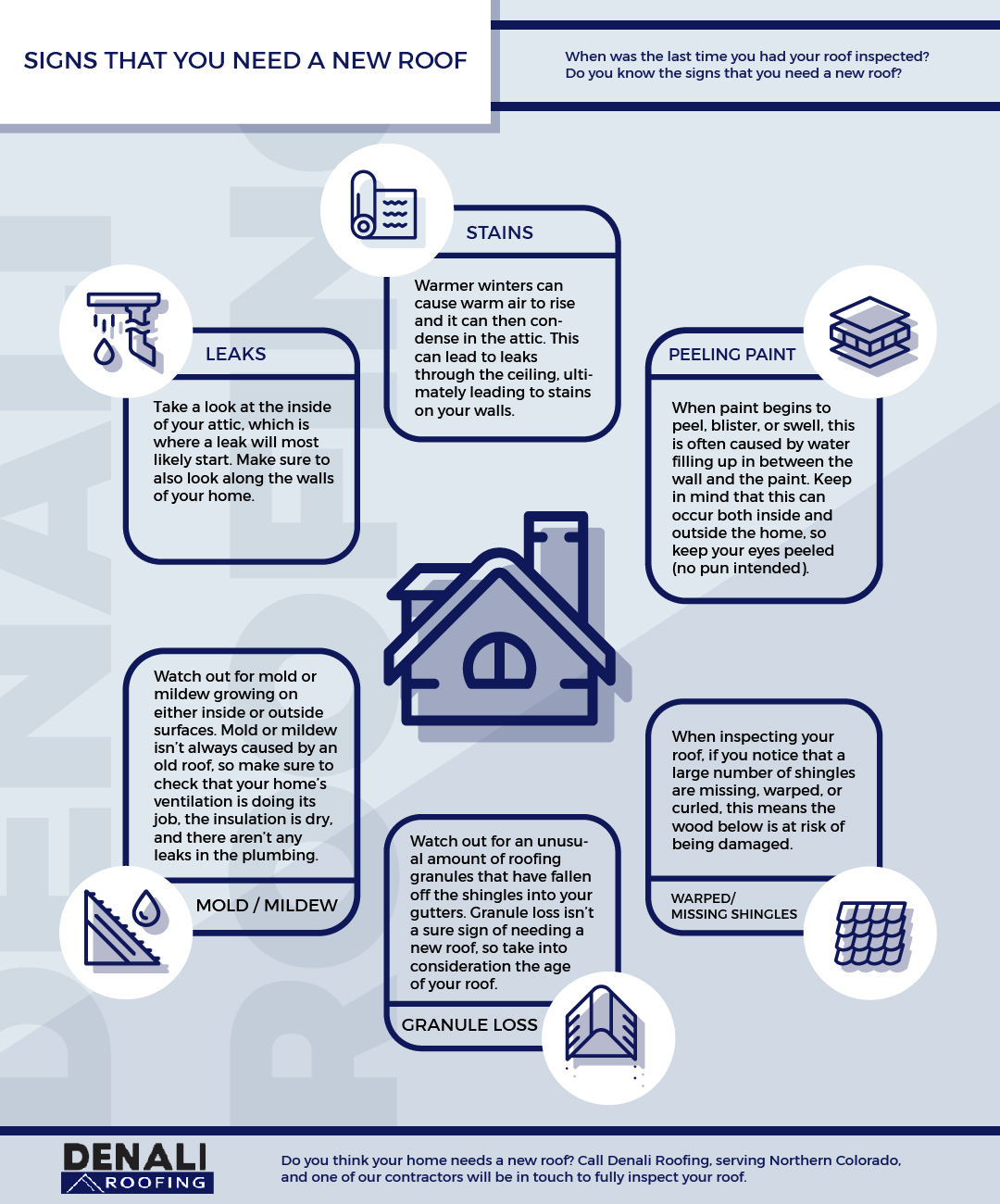The Contribution Of Roof Air Flow To An Effective Installment Refine
The Contribution Of Roof Air Flow To An Effective Installment Refine
Blog Article
Staff Writer-Lassiter Thomsen
When you're dealing with a roofing project, you might not assume much about roofing air flow, but it's more crucial than you understand. Efficient ventilation assists manage temperature level and wetness in your attic room, stopping troubles like mold and mildew and structural damage. By recognizing just how to develop and install a well balanced air flow system, you can boost power effectiveness and lengthen the lifespan of your roof products. So, what are the essential variables to take into consideration throughout installment that can make all the difference?
Importance of Roofing Air Flow
Roofing air flow plays a vital duty in preserving the total wellness of your home. By allowing fresh air to distribute through your attic room, it aids control temperature level and moisture levels. This balance is vital to avoid heat buildup during warm months, which can cause boosted energy expenses as your air conditioning burns the midnight oil.
Moreover, proper ventilation significantly reduces the danger of moisture-related problems like mold and mold. If humidity degrees increase, your home's structural honesty can be compromised, bring about pricey repair services. You would not wish to handle deteriorating wood or warped roof products, right?
In addition, sufficient ventilation expands the lifespan of your roofing system. When warmth and wetness are kept in check, your roof covering can perform ideally, stopping early deterioration. This means fewer migraines and expenses down the line.
How Roof Covering Ventilation Works
Efficient roof ventilation relies on the all-natural activity of air to produce an equilibrium between consumption and exhaust. When you set up vents, you're basically enabling fresh air to enter your attic room while enabling warm, stagnant air to get away. This procedure assists regulate temperature level and wetness degrees, avoiding issues like mold growth and roof covering damages.
Intake vents, generally discovered at the eaves, reel in cool air from outdoors. On the other hand, exhaust vents, located near the ridge of the roof covering, allow hot air surge and exit. The difference in temperature level produces an all-natural airflow, called the pile effect. As warm air surges, it produces a vacuum that draws in cooler air from the lower vents.
To maximize this system, you need to ensure that the consumption and exhaust vents are appropriately sized and positioned. If the consumption is limited, you will not accomplish the wanted air flow.
Likewise, inadequate exhaust can trap warm and wetness, resulting in possible damages.
Trick Installation Factors To Consider
When installing roofing system ventilation, a number of crucial considerations can make or damage your system's effectiveness. Initially, you need to evaluate your roof covering's layout. The pitch, form, and products all affect airflow and ventilation selection. Make siding repair san antonio to pick vents that suit your roofing system kind and regional climate conditions.
Next, take into consideration the positioning of your vents. Ideally, you'll desire a well balanced system with intake and exhaust vents placed for optimal air movement. Place intake vents low on the roofing system and exhaust vents near the top to motivate an all-natural circulation of air. This configuration helps avoid dampness buildup and advertises energy effectiveness.
Do not ignore insulation. Correct insulation in your attic prevents warmth from escaping and keeps your home comfy. Make certain that insulation does not block your vents, as this can impede airflow.
Lastly, think of maintenance. Select air flow systems that are simple to accessibility for cleansing and evaluation. Normal maintenance guarantees your system remains to operate efficiently over time.
Conclusion
Finally, roof air flow is crucial for an effective setup. By making certain appropriate air movement, you can protect against warm accumulation and dampness problems that result in expensive damage. When you purposefully setting intake and exhaust vents, you enhance energy performance and extend the lifespan of your roofing. Remember, a well-ventilated roofing system not just shields your financial investment but additionally enhances your interior air quality. So, san antonio roofer to ensure a resilient and cost-efficient roof for your home.
